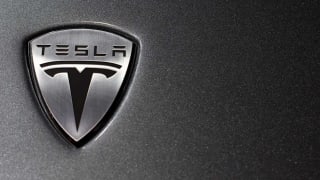The first Tesla Model 3 will roll off the production line by the end of the week, CEO Elon Musk announced early Monday morning via Twitter, and the first 30 buyers will get their cars on July 28.
The Model 3 is the automaker's attempt to create an affordable, high-volume electric car, and Musk said Monday that the car has passed "all regulatory requirements for production two weeks ahead of schedule."
After SN1 (Serial No. 1 or the first car) is built this week, Musk tweeted that "production grows exponentially, so Aug should be 100 cars and Sept above 1,500." He said that production would reach 20,000 units a month by December.
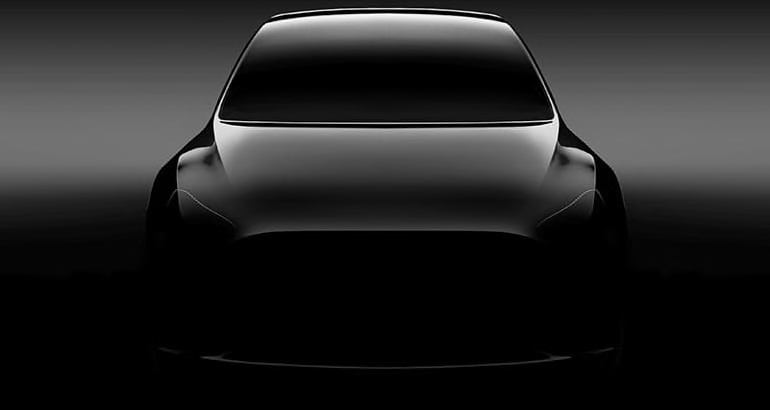
"Tesla's roll-out plan seems conservative," said George Peterson, president of Auto Pacific, an automotive marketing research firm. "They are rightly going slow because their previous launches have been plagued with stumbles and glitches. With Model 3 they have experience gained from five years of Model S sales plus a couple years of Model X."
Hundreds of thousands of Model 3 buyers have put down $1,000 deposits on the Model 3; in April, Tesla said the number was 115,000, but other reports suggest there are as many as 400,000 pre-orders.
No matter how many pre-orders there are, it could take years for some of those early adopters to get their cars. And the number of buyers can make a difference in the ultimate price of the car: According to the Internal Revenue Service, once an automaker hits production of 200,000 units of one model of an electric vehicle, the $7,500 federal tax credit for buyers begins to be phased out. So those after number 200,000 could get less of a credit, or none at all.
With a starting price of $35,000 (Tesla's flagship Model S starts at $69,500), before any available federal and state tax incentives, the Model 3 is expected to have an Environmental Protection Agency-rated range of at least 215 miles. With its original single-motor approach, the Model 3 is expected to have 0-60 mph times below six seconds. A higher-performance, dual-motor car is also in the works.
At the car's launch in April, Musk promised that even base Model 3s would be well-equipped, with Tesla's Supercharging fast-charge system and Autopilot, a collection of safety equipment that includes forward collision warning, automatic emergency braking and more. Further, the car will include the hardware for driver-assist features, which could be activated later as an extra-cost option, as demonstrated with the Model S, through over-the-air software upgrades.
Tesla said at the April launch that it plans to ramp up production of the Model 3 to as many as 500,000 cars per year, which may make it difficult to maintain the sort of high-end, one-on-one customer service with the Model 3 that it delivers to owners of the Model S. And Model 3 owners will presumably be more dependent on their cars for daily transportation.
Auto Pacific's Peterson noted that "getting up to 40,000 per month to reach 500,000 per year will be a challenge."
Consumer Reports will anonymously purchase a Model 3 to put it through testing at our track.
Read our complete Tesla Model S and Model X road tests.



















